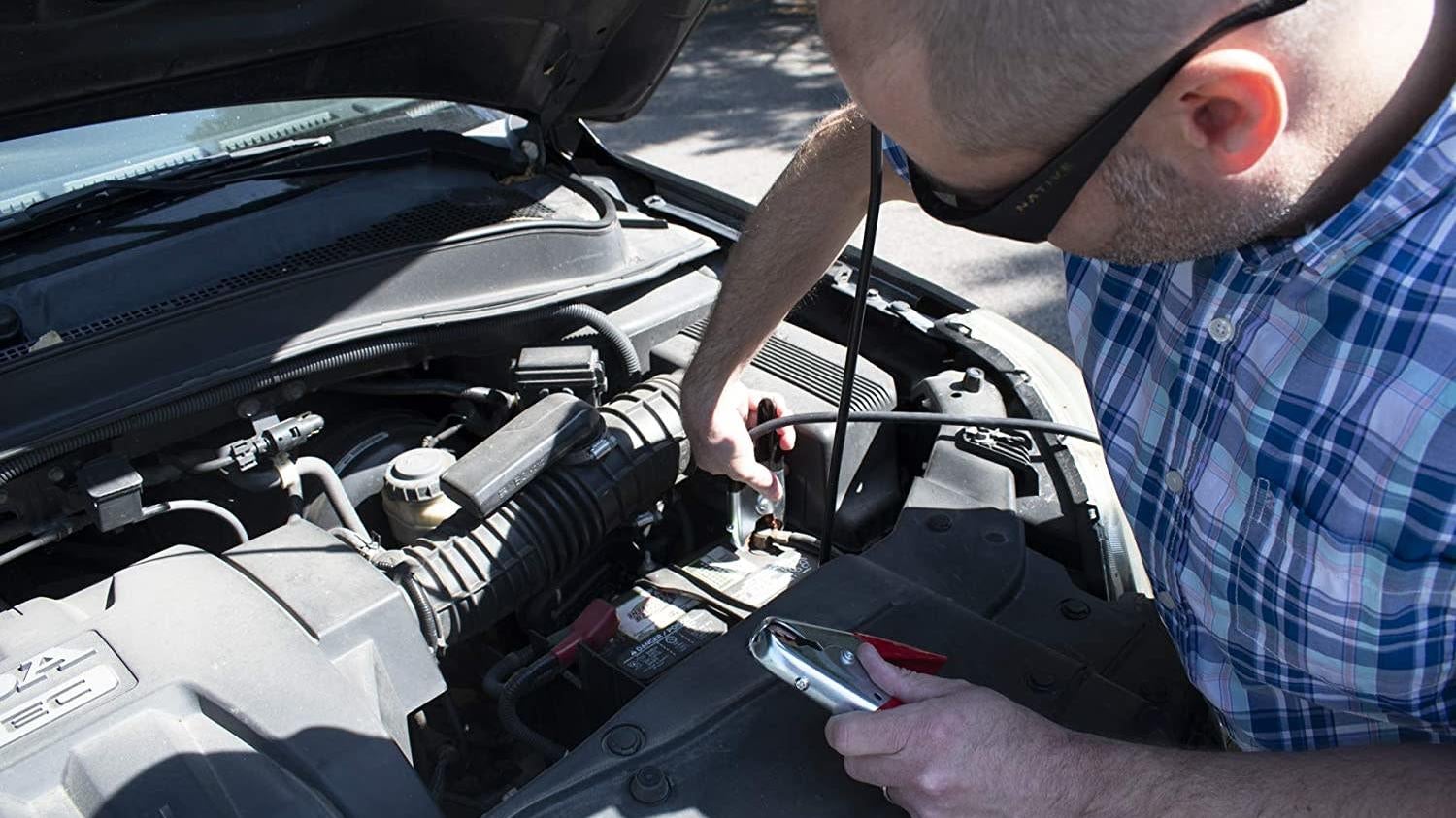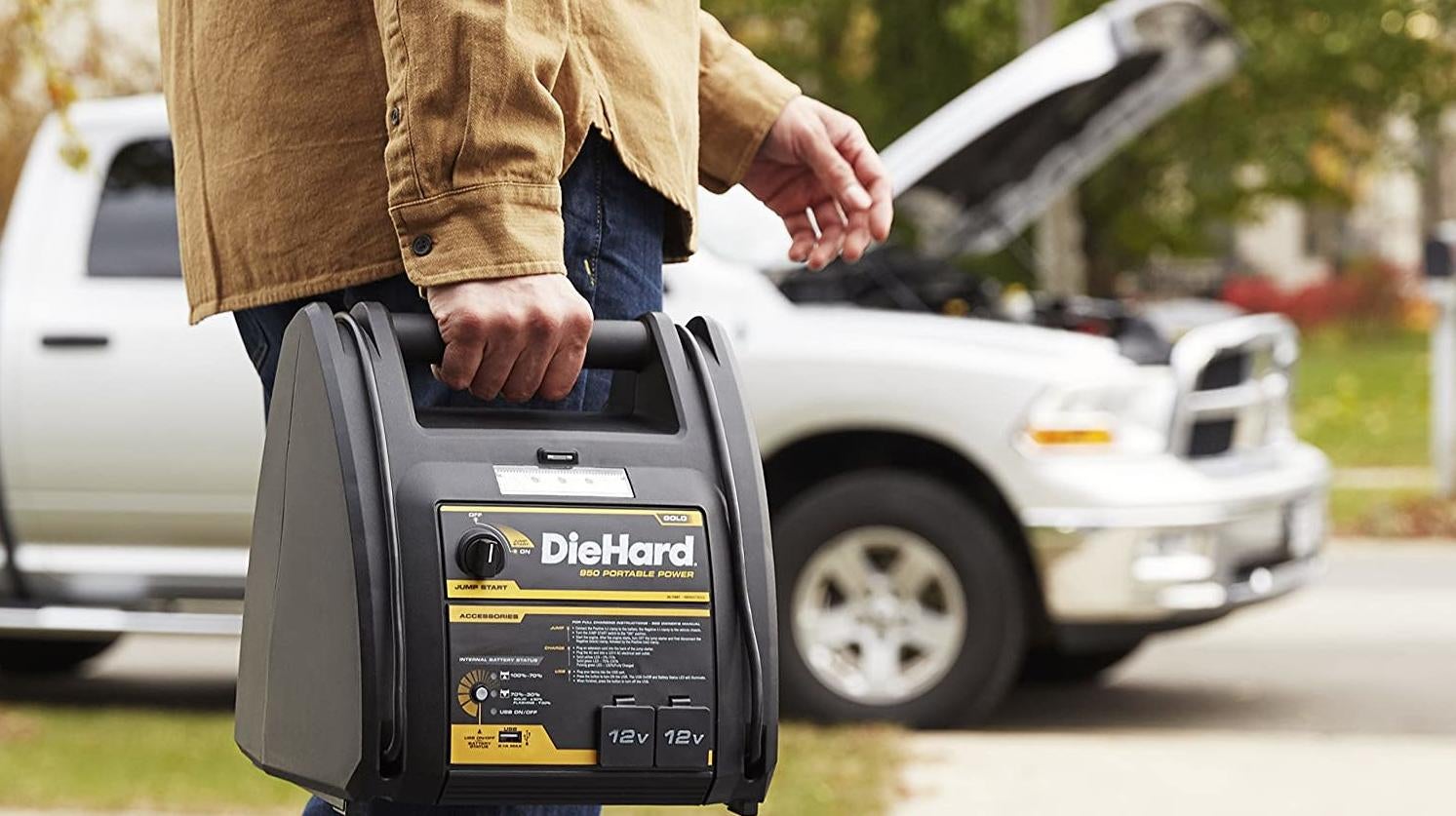Ask Mechanic Shop Femme: What Jumper Cables Should I Buy?
As the air gets nippy and the leaves start turning colors, we all know that the inevitable is almost here. It’s nearly winter. And with winter, somehow that inevitably means dead batteries and the need for jumper cables. As such, let’s tackle what jumper cables actually work, what the difference between the gauges, brands, and lengths are. This will help you decide which to invest in.

As the air gets nippy and the leaves start turning colors, we all know that the inevitable is almost here. It’s nearly winter. And with winter, somehow that inevitably means dead batteries and the need for jumper cables. As such, let’s tackle what jumper cables actually work, what the difference between the gauges, brands, and lengths are. This will help you decide which to invest in.
Suggested Reading
Not all jumper cables are created equal. “The brand of jumper cables you choose could affect the reliability and longevity of the product,” said Ethan Lichtenberg, car insurance and vehicle expert at Insurantly.com, in an interview with The Inventory.
Related Content
What Gauge Jumper Cables Do I Need?
“The most important part of choosing jumper cables is the thickness of the wire used,” Lichtenberg explained. “Remember, the lower the gauge number, the thicker the wire. Cable thickness is important for one reason. The larger the opening in the cable, the more electricity that can pump through to the battery that needs to be jumped. This means you can jump batteries far quicker than with a smaller cable.”
Rex Freiberger, CEO of the Gadget Review, has experience reviewing jumper cables. “Many people fall into the trap of just grabbing a set of cables from Walmart or Amazon and calling it good,” he tells me. “But if the gauge isn’t high enough, you’re not going to get enough juice to the battery. If it’s too high, you risk frying it. Your standard car can usually be jumped with a standard set of 4-6 gauge cables.”
How Do I Decide What Length Cables to Buy?
In reality, the length of the cables you want depends on the type of car you have and personal preferences.
Freiberger tells me, “I actually prefer shorter cables. With long ones, you have a mild delay in the connection. You also run the risk of the cables getting twisted. If you don’t have a sturdy connection, it could pull the end off. I’ve had that happen in the middle of trying to jump a car before.”
Kate Lewis is the redelivery inspection manager and a level three Mini certified technician at Schomp BMW in Denver, CO. Lewis shares the exact opposite. “I always get a longer set. Working for BMW taught me a lot of batteries are located in the rear. You can’t always get another vehicle to the preferred location.”
Which Jumper Cables Do You Recommend?

“Jumper cables are the type of thing you buy, hoping you never need them, but if you do need them, you will be glad you got a good set. This is not the time to save $10 and buy the cheapest one,” says Dave Morley, GM at Rockstar Mechanics.
For a budget-friendly option, “Energizer makes reliable jumper cables. I wish the clamps were a little bigger and sturdier, but the plus side is that if your car’s parts are tightly packed, it’s easier to maneuver them. Especially if you have a battery under the back seat like some models,” Freiberger recommends.
“I honestly don’t have a favorite brand,” Lewis tells me. “I like thick gauge cables, long in length, with good strong clamps that won’t bend easily.”
These, she tells me, fit her criteria. These cables are certainly ones to spring for, but you won’t be stuck in a parking garage without a way to boost your car.
“The autocraft cables that can be picked up at anyone’s local advanced auto. They’re sturdy and reliable without fail. I’ve had mine for awhile. They’re definitely within the immediate budget friendly price range as well,” Brianne Mead, an express technician in Jacksonville, FL tell me.
“Choose heavy-duty, high-quality jumper cables. Many jumper cables are too short, too thin, or not flexible during cold weather. It’s important to get heavy-duty cables to ensure the current flows through them strongly enough to start your vehicle,” says Donnie Carr, president of Christian Brother Automotive. “Make sure the jumper cables you purchase are at least 20 feet long and four gauges thick. Cables made of copper offer the least resistance.”
What If I Want Something Better Than Cables?

I’m personally a massive fan of the booster box. The booster box allows you to jump-start your car without the need for a second vehicle, saving you time and a headache when you are already frustrated by your car not starting. The beauty of a jump box for me is more than just about the jump-starting ability. It also serves as a tire inflator and inverter, allowing you to avoid buying multiple products and saving room in your truck.
I started selling this DieHard booter box back 8 years ago or so, and it’s still the one I continue to recommend today.
